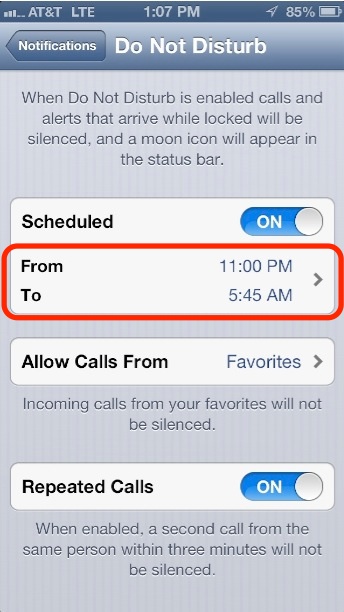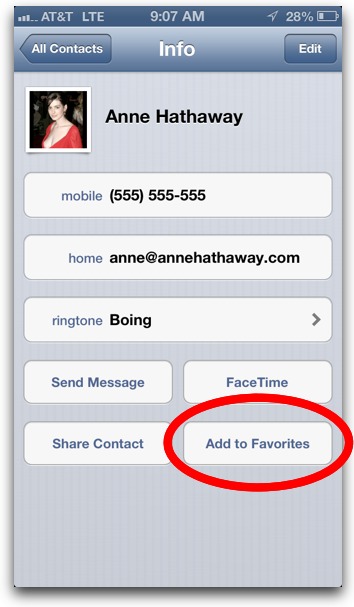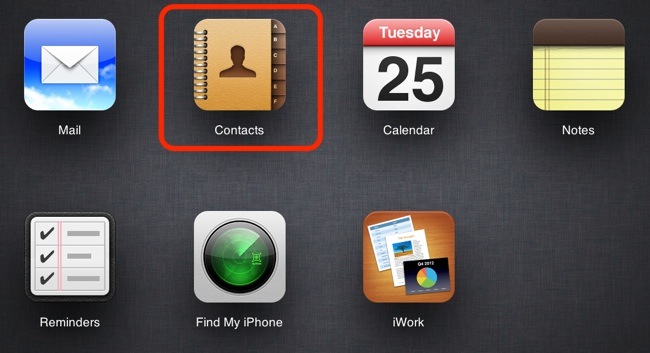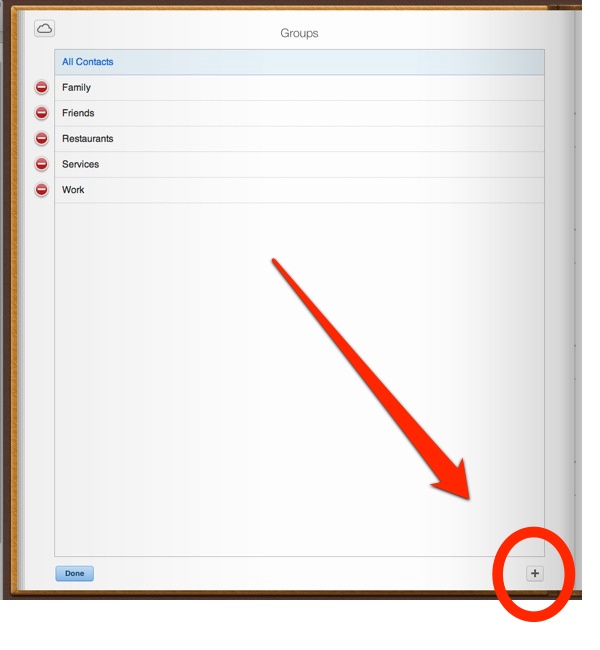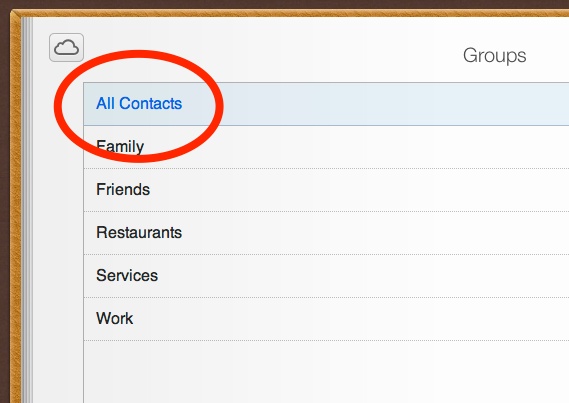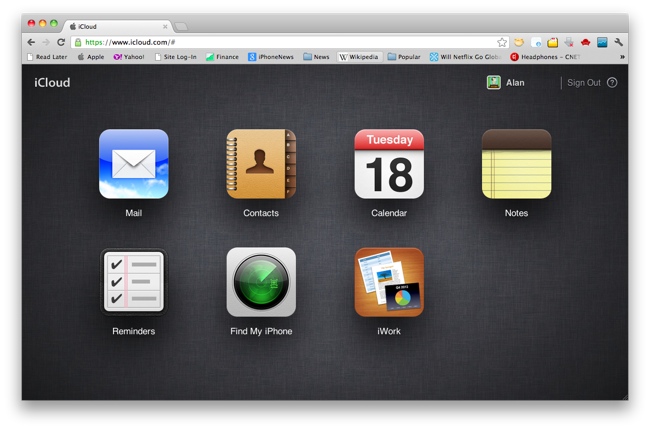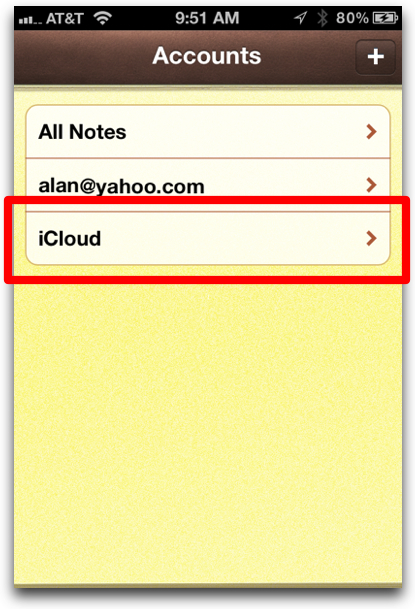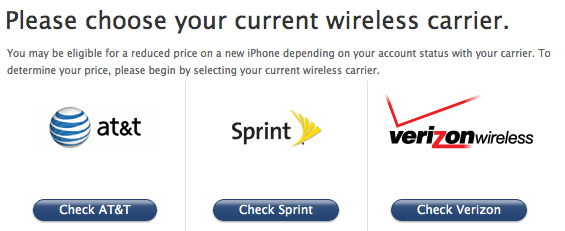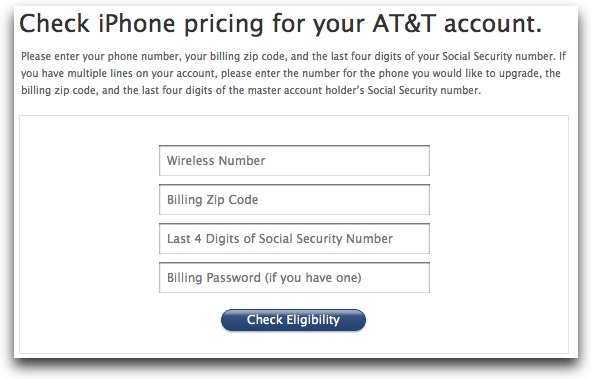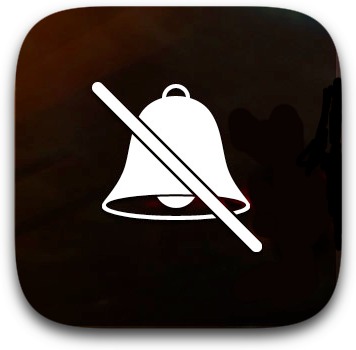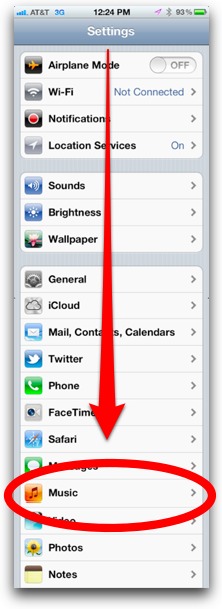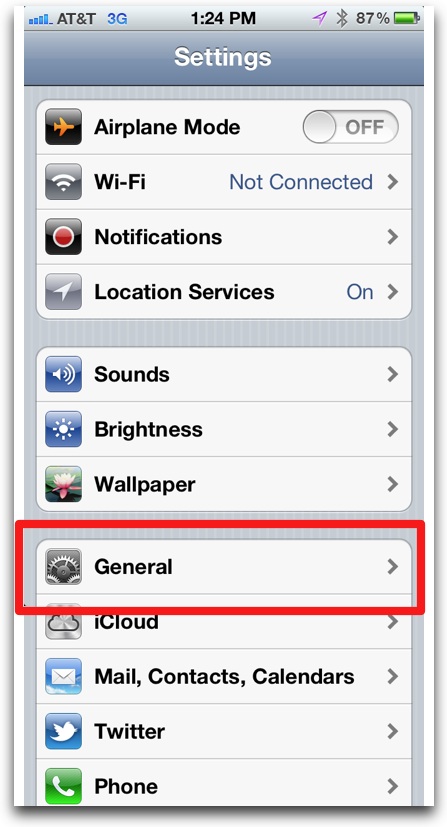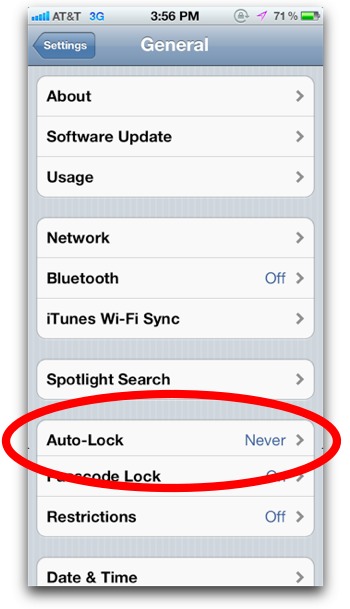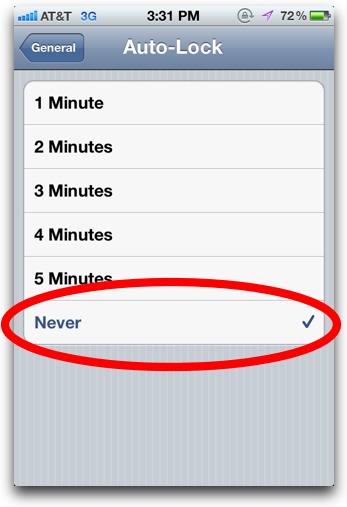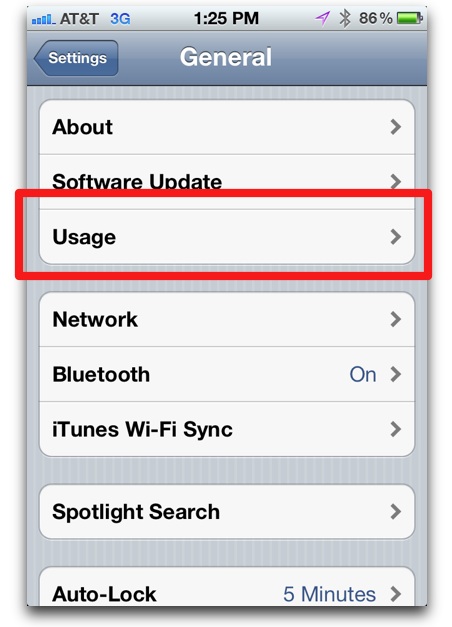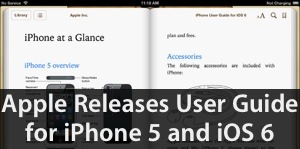
The new Apple EarPods sound so much better than the previous Apple earphones. The bass really is thumping. But there’s something obvious you need to do to get the best sound out of them: the left earbud goes in the left ear, and the right earbud goes in the right ear.
I’m being serious.
You see, with the previous Apple earphones, it didn’t really matter much whether you put them in correctly. There was only the slightest difference in sound and comfort when they were flipped. Not so with the new EarPods.
The first time I tried the EarPods, I just plopped them in incorrectly, left/right, right/left. They sort of fit but sounded….just like the old Apple earphones, maybe slightly worse. But I had them in backwards, and upon reversing them…damn son, whomp whomp whomp!
Could this be the cause for some of the rare, seemingly hastily written mediocre reviews of the EarPods. I mean, they sound great, much better than the $10 MonoPrice earbuds that the WireCutter says are superior (which I happen to own and, no, they sound terrible. You can’t even move around while wearing the MonoPrices else they channel weird chaffing noises to the eartips. They have no 3-button dongle, either).
Anyway, the EarPods are solid at only $30.





